Empowering commercial customers to meet energy and business goals while reducing energy costs
“Our choice of SolarEdge has empowered us to adapt our business to the modern energy challenges we face. With this one decision, we have freed ourselves from unpredictable energy costs and significantly reduced our plant’s carbon footprint.”
Agostino Bizzotto, Legal representative, Andrea Bizzotto SPA
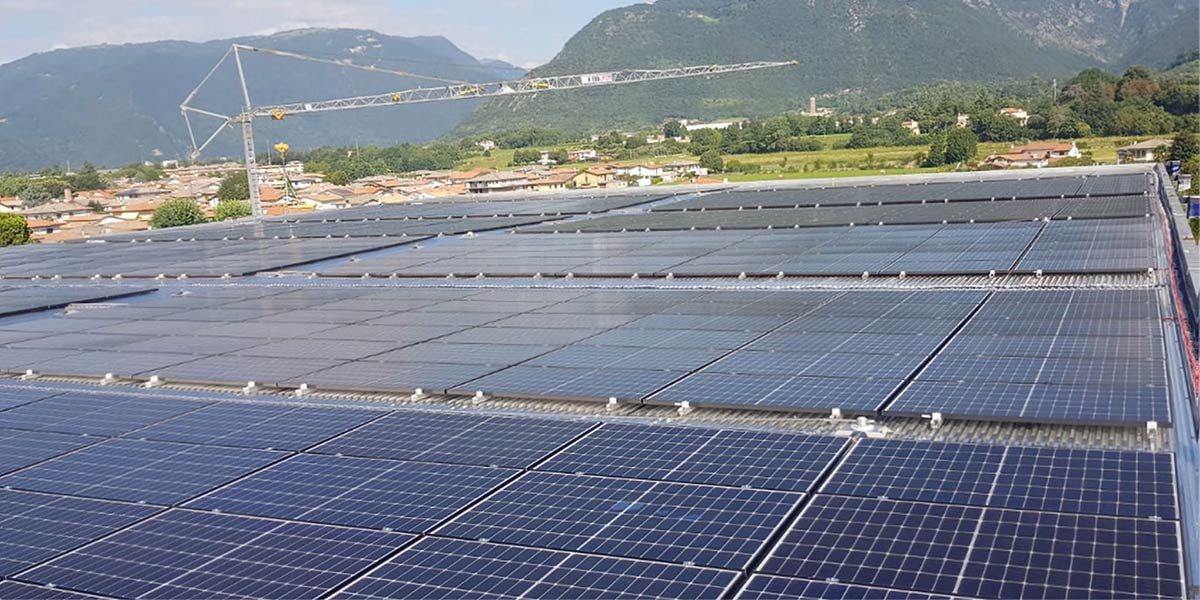
Energy costs are a business game changer
Energy cost is no longer just a line on a company’s budget; it’s an uncertain asset that must be professionally managed in order to protect a company’s profitability.
Many of your commercial customers are facing the harsh reality of doing business in a volatile energy climate. When pricing a product or service, business owners add fixed costs to the calculation, and this includes electricity expenses. Unstable energy costs make it more difficult to accurately price inventory or services. The current situation with energy costs doubling and sometimes tripling within the same year can make it difficult for businesses to compete on price.
Increased public sensitivity to sustainability
At the same time, recent government CO2 restrictions impose an additional handicap on a company’s bottom line. Twenty-seven countries (and parts of the United States) currently impose a carbon emissions tax on polluting organizations. Suppliers to multinational corporations are often expected to maintain sustainable practices.
“We have recently undertaken to produce PV electricity on our agricultural building. We chose to install PV on the edifice, as we knew that the project would help us finance the construction. But we also really wanted to promote clean energy.”
Victor Kandel, farmer/businessowner
At the same time, customers prefer to patronize companies that share their values, especially in this age of social media. A recent PWC study found that 83% of respondents believed that companies should be actively shaping ESG goals, while 80% of consumers stated that they were more likely to buy from a company that stood up for environmental issues. This data confirms that including sustainable practices in the way a business is managed are more than merely a “nice to have,” but are a critical pillar for business success.
Companies, therefore, need strong Environmental, Social and Governance (ESG) strategies to deal with these requirements in order to mitigate escalating costs, governmental requirements, and the effects of public perception. PV is a very powerful tool for businesses in this climate, as it can serve energy management and ESG goals simultaneously.
“We hope to attract the next generation of forward-thinking employees by demonstrating that AIP has invested in sustainable solutions. The state-of-the-art solar project fits in with AIP’s high-tech robotic automation, sophisticated engineering techniques, and community-oriented culture.”
Lori Schaefer-Weaton, President, Agri-Industrial Plastics Company
Not just any solar – SolarEdge
Companies choose to install SolarEdge solar energy systems because it makes business sense to them. SolarEdge technology is designed to generate more energy from solar modules which means that PV site owners can look forward to maximized energy yields, lower energy costs and a faster return on their investment.
“SolarEdge products offered major benefits for this commercial rooftop PV system, such as design flexibility and better yield in terms of production. SolarEdge technology allows panels to produce under shaded conditions without letting underperforming panels affect the rest of the panels in the string. While setting up the monitoring app, the panels can be designed exactly how they are placed on the roof. If any one of the 294 panels needs attention, it is extremely easy to find that panel. SolarEdge is one of the easiest platforms to implement. Their customer service and technical support were easy to engage with, which made the whole experience even better.”
Savi Narang, Director, Bright Source
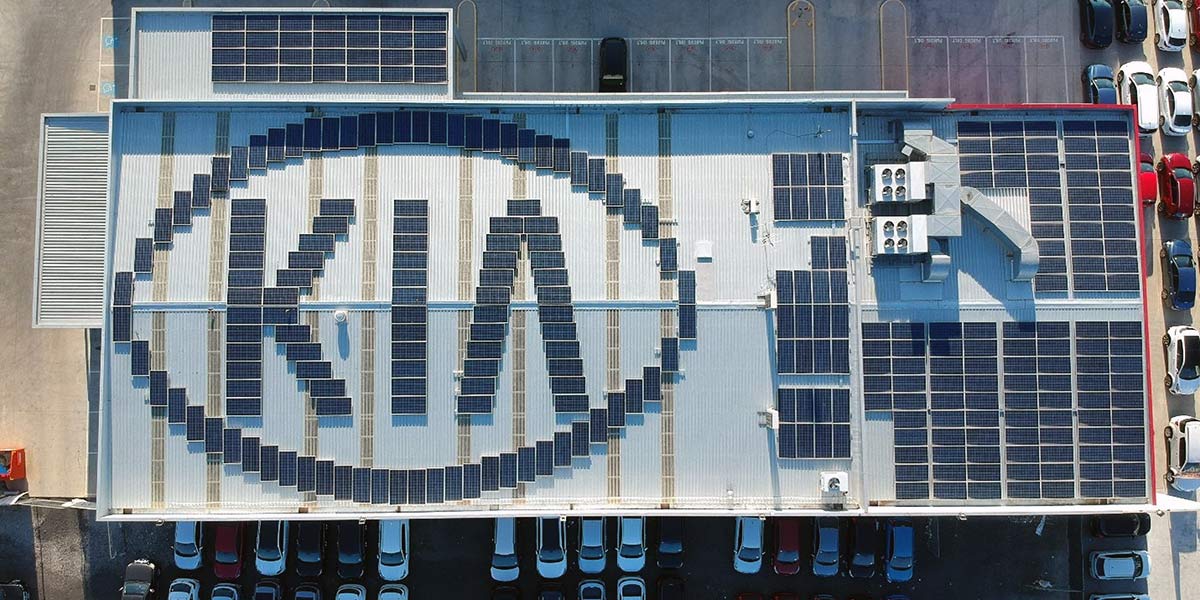
SolarEdge tools for success
The SolarEdge Designer software helps installers and site owners visualize how a roof or property could be optimally utilized, estimating how much energy the site would produce, even before the first solar module is installed. Proper planning and design are at the heart ensuring a great yield from the installation and the robust Designer software is a real game-changer for PV professionals. Designer is flexible and intuitive, providing a visual picture of the site, viable installation alternatives and estimates of site performance. In addition to serving as a powerful functional tool, Designer delivers spectacular data and visuals that help any price quote stand out to customers.
But what truly sets SolarEdge installations apart is the flexibility: because SolarEdge technology enables tracking the maximum power point on each individual module or pair of modules, it frees installers from having to install all modules in the same pitch and angle to the sun. This freedom allows installers to set up a site that produces more energy throughout the day. Similarly, a module in a SolarEdge system is not affected by the performance of other modules in the same string and can produce at its peak regardless of weather, module cleanliness, temperature, or module condition. In traditional systems, the lowest performing module in the string sets the production limit and each module can only produce to that amount.
“We were thrilled about the flexibility of SolarEdge technology and were impressed with the company’s exceptional level of commitment and support. SolarEdge proved highly capable and willing to take on this challenging project. SolarEdge was the only company that met our unique specifications for the installation.”
Markus Schäfer, CEO of Mein Solar GmbH
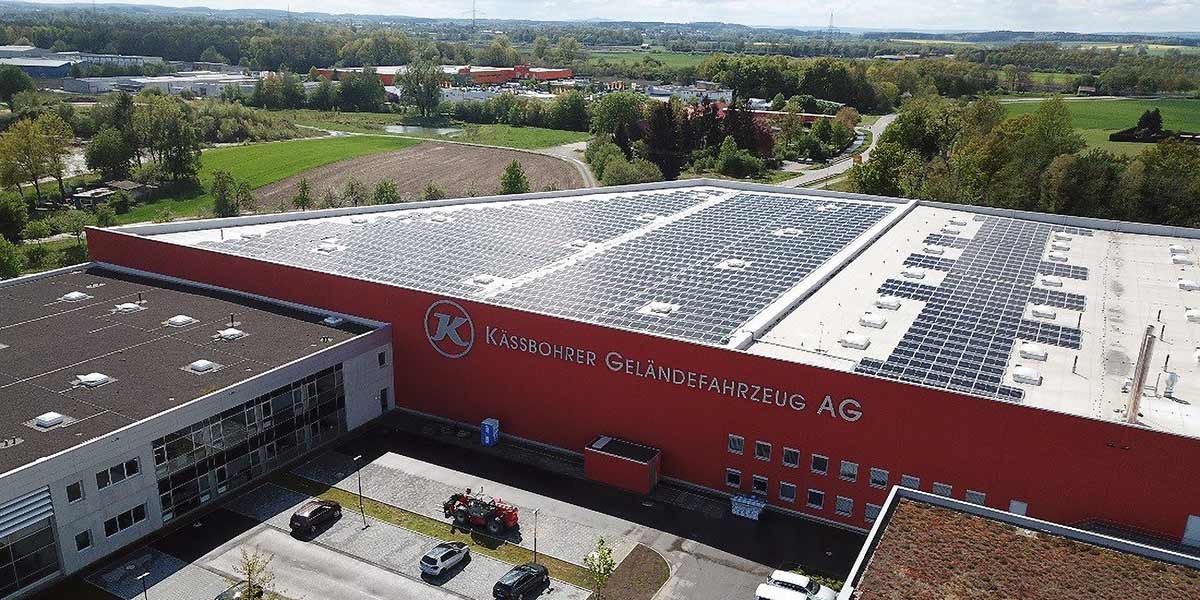
System efficiency is critical when you’re running a business
Rapid return of investment and the amount of energy that site owners are able to produce is important to everyone who invests in solar production. However to businesses, this is a critical part of the decision making process. As much as they are interested in green goals, they are interested in supporting their financial success. A system that provides more energy due to increased inverter efficiency, and a generous 200% oversizing capacity (which, in short, means that the site owner can produce more energy for more hours during the day than the inverter rating indicates), in addition to the ability to mitigate mismatch losses, will, quite simply, generate a better financial return while reducing a company’s energy cost.
“I decided to opt for the SolarEdge system. As a result, we’ve seen the Power Optimizers yield more over time.”
Andreas Jansen, Rehl Energy GmbH
“With SolarEdge MPPT technology combined with bifacial panels, we expect to generate more energy than initially estimated.”
Matt Bergan, Engineer, Kotzebue Electric Association
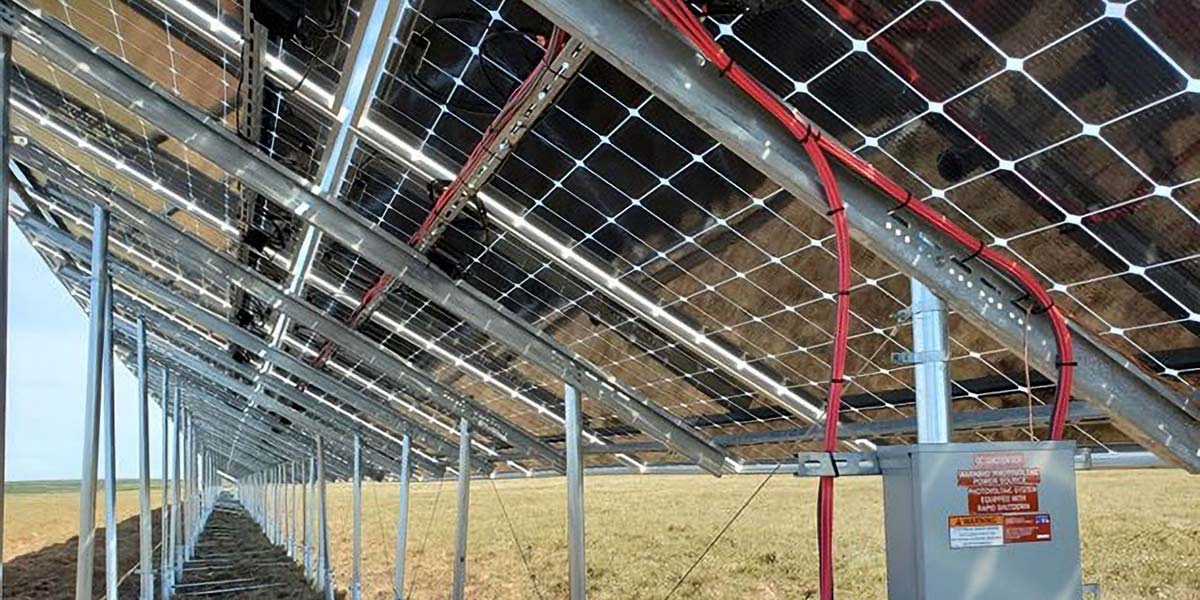
There’s a reason why SolarEdge is chosen by so many for safety
Choosing a PV product that can safeguard staff and inventory is not only responsible but also critical for business. Many commercial customers install PV above their livestock, crops, product inventory, fuel or other resources that could potentially jeopardize their business if harmed. And of course the ultimate concern for staff safety, makes the issue of PV safety central to a business owner’s concerns.
Before delivering a single product to the market, SolarEdge deeply researched potential risk factors in order to craft products designed to prevent hazards from occurring. Continually enriching the safety feature portfolio, SolarEdge products lead the market in safety, surpassing the most stringent industry standards and insurance requirements. Recently, SolarEdge released the S-Series Power Optimizers for commercial Installations which include groundbreaking technology that can detect irregular temperature in the connectors and eliminate potential issues before they can turn into an arc.
“SolarEdge’s Rapid Shutdown solution provides the best combination of technology and cost. Our client, Agri-Industrial Plastics preferred SolarEdge’s module-level monitoring capabilities.”
Amy Van Beek, CMO, Ideal Energy
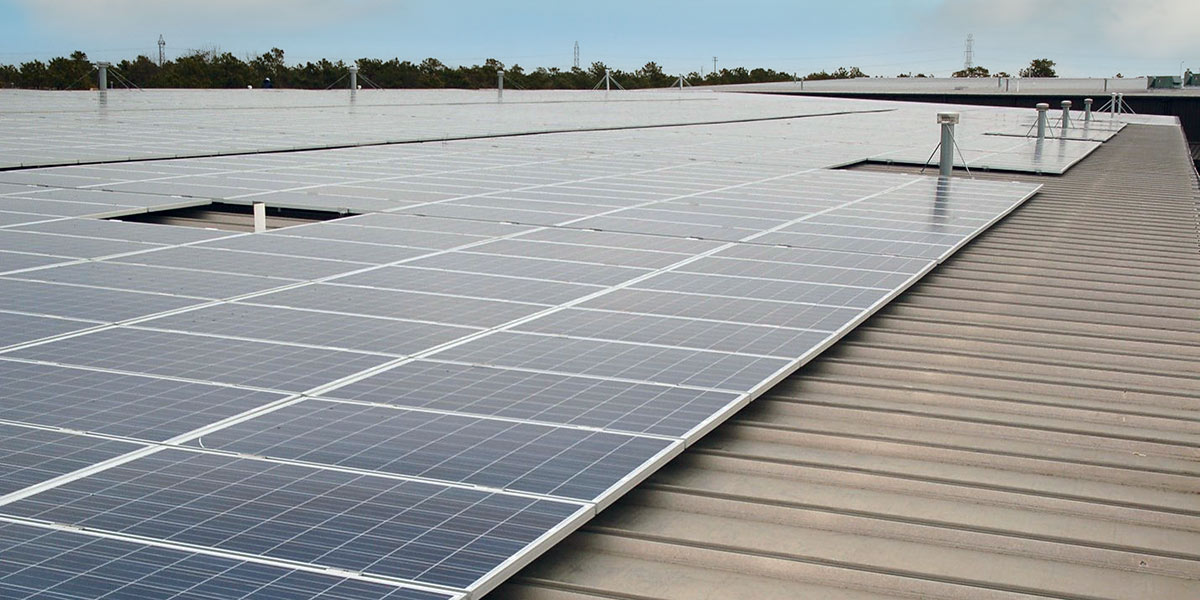
“We always recommend SolarEdge, even for large installations. If errors occur, I can locate them much faster with SolarEdge, thanks to the monitoring. With conventional systems, I must often unscrew and remove an entire string, that is 20, 25 modules in order to check each one and measure output. With SolarEdge, I can effectively see which module is causing a problem and I can focus on what the problem is. Just picture me inspecting roofs with 2000 square meters of modules.”
Andreas Jansen, Rehl Energy
Monitoring keeps PV online
In business, time is money. And time is even more expensive for manufacturers. If a fault did occur in such a large installation, finding and fixing it among the hundreds of panels would be difficult and time-consuming - time that costs the company a great deal of money in lost production hours. SolarEdge provides module-level monitoring on every module, giving system owners and installers full visibility of the property, with remote troubleshooting capabilities. Business customers who rely on the profitability of their investment and on dependable production, know that they will enjoy the most system uptime possible.
“Toyota Daihatsu Engineering & Manufacturing (TDEM) is a prototype of a green factory for Toyota R&D in Asia. When our customers understand the technology of SolarEdge which is different from traditional inverters, they fully appreciate the system’s module level monitoring, enhanced safety features and lower O&M costs“.
Teepawat Chandavimol, Energy Business Director for Solomon, Thailand
Empowering Your Customers for Success
Commercial PV installers are not merely selling a product. They are actually helping their customers achieve their business goals. Bring this thought to your next customer meeting and show them how you can help navigate the new energy reality. You have the tools to really make a difference, while also helping the planet.
“As the owner/operator of this project, the decision on what to build will impact our business for the next 25-years plus. It is in our best interests to best quality solution available.”
James Pochez, Director of Project Development, Sunlight General Capital
Similar Articles
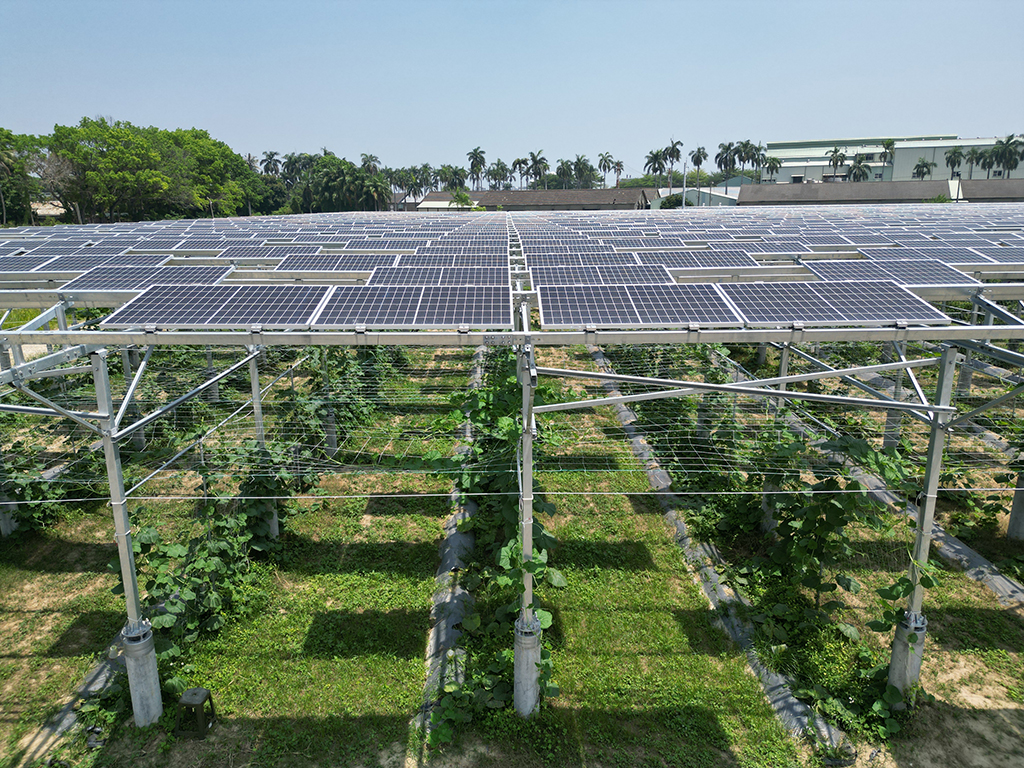
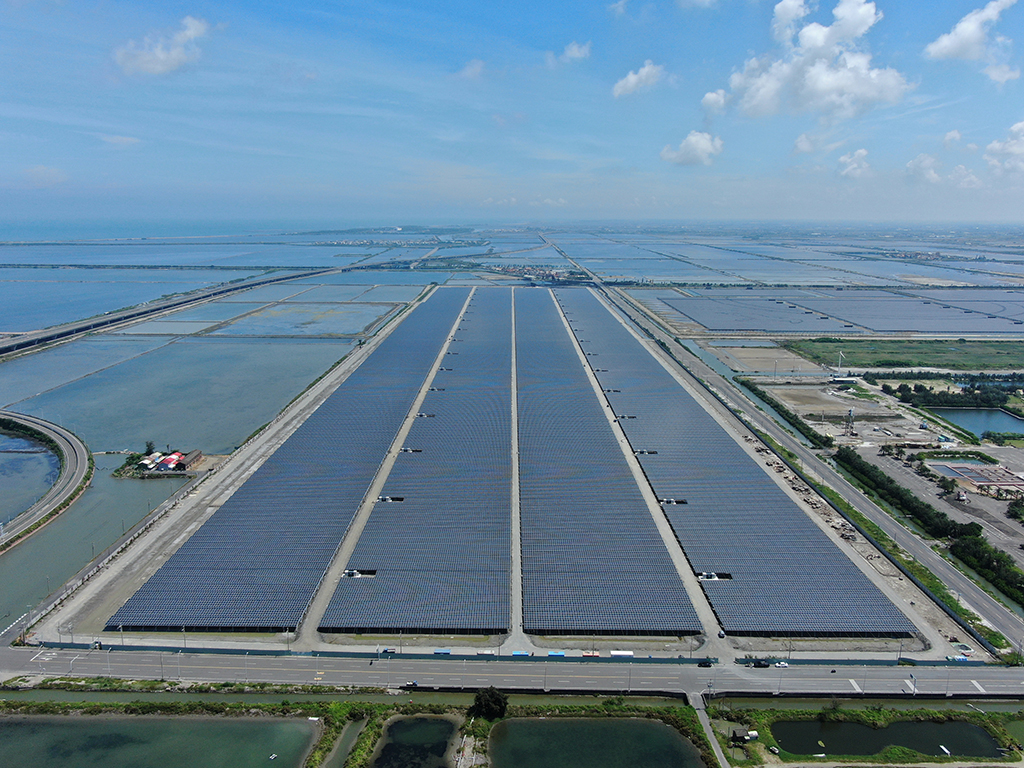




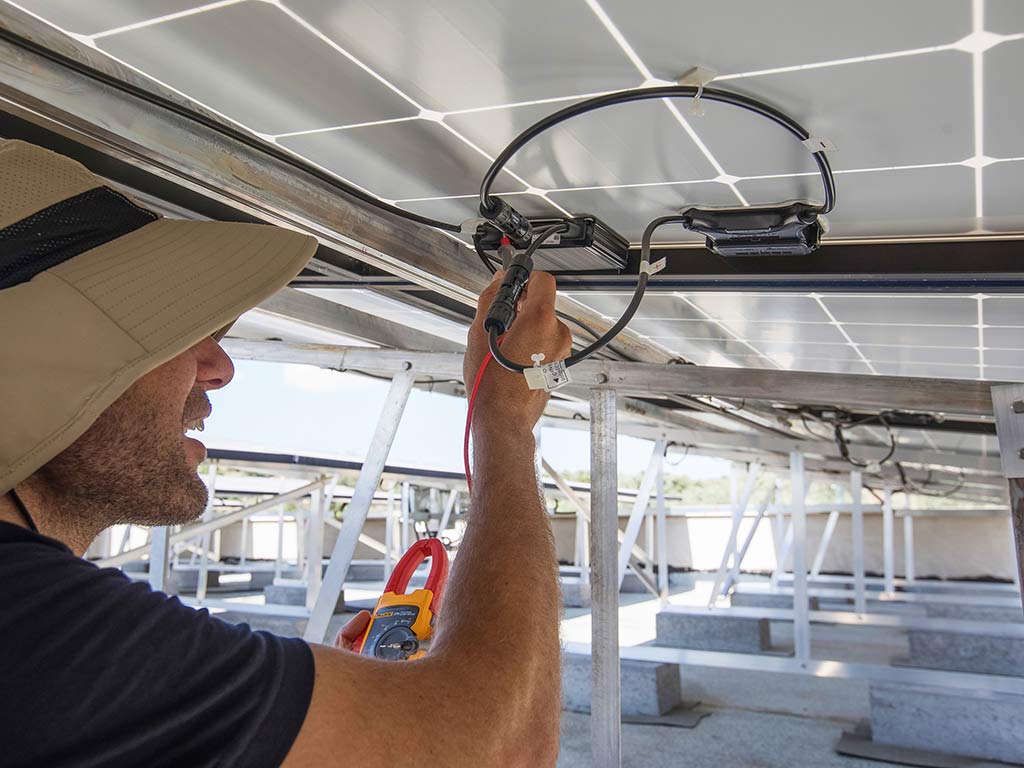
Add new comment
Comments